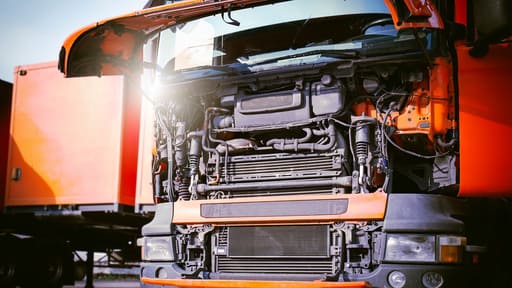
Definition
Cab over engine (COE) is a type of commercial truck design where the cab is located over the engine, rather than behind it as in conventional trucks. This design is commonly used in Europe (EU) for medium and heavy-duty trucks, and for semi-tractor units.
Description
In a cab over engine truck, the cab is situated directly above the engine, allowing for a shorter overall length of the vehicle. This design is also known as a “flat nose”or “forward control”truck, as the cab is positioned closer to the front of the vehicle.
Features
- Shorter overall length: The main advantage of a COE truck is its shorter length, which makes it easier to maneuver in tight spaces and navigate through narrow roads.
- Increased cargo space: With the cab positioned over the engine, there is more space available for cargo in the truck’s body.
- Better visibility: The driver of a COE truck has a better field of vision, as there is no engine bay (“nose”) obstructing their view.
- Improved aerodynamics: The streamlined design of a COE truck reduces wind resistance, resulting in better fuel efficiency.
- Easy access to engine: In case of maintenance or repairs, the engine can be easily accessed from the cab, saving time and effort.
Usage
COE trucks are commonly used for transporting goods in urban areas, where maneuverability and accessibility are crucial. They are also popular for long-distance transportation due to their fuel efficiency and increased cargo space.
Regulations
In the EU, COE trucks must comply with regulations set by the European Union Whole Vehicle Type Approval (ECWVTA) scheme. This includes safety, environmental, and technical requirements for all vehicles sold within the EU.
Conclusion
Cab over engine trucks are a popular choice in the EU for their practicality, efficiency, and compliance with regulations. Their unique design allows for increased cargo space, better visibility, and easier maintenance, making them a preferred option for commercial transportation.